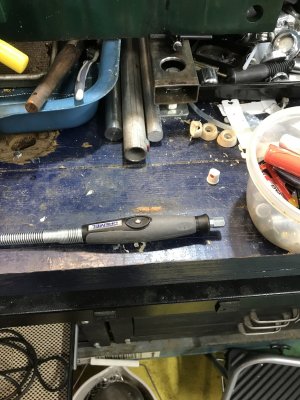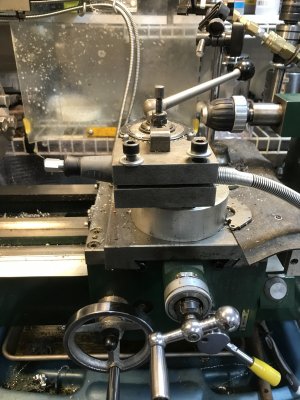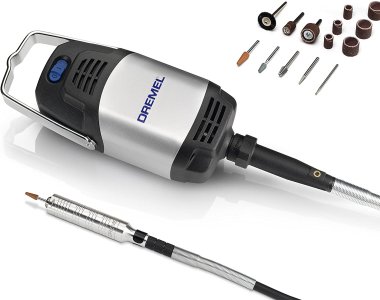I've always been leery of putting a tool post grinder on my lathe for fear of messing up my ways with grinding grit. But others here don't seem to be afraid of them so I may just swallow my fears and make one.
I've seen lots of videos about how to do that from mounting a Dremel attachment to a CNC drive motor.
Anyone here ever make one?
Favorite approach?
Any advice regarding do's and don'ts, etc.
Lathe is a 14x48 with BXA Series 200 tool holder.
Love to hear what others think.
I've seen lots of videos about how to do that from mounting a Dremel attachment to a CNC drive motor.
Anyone here ever make one?
Favorite approach?
Any advice regarding do's and don'ts, etc.
Lathe is a 14x48 with BXA Series 200 tool holder.
Love to hear what others think.








